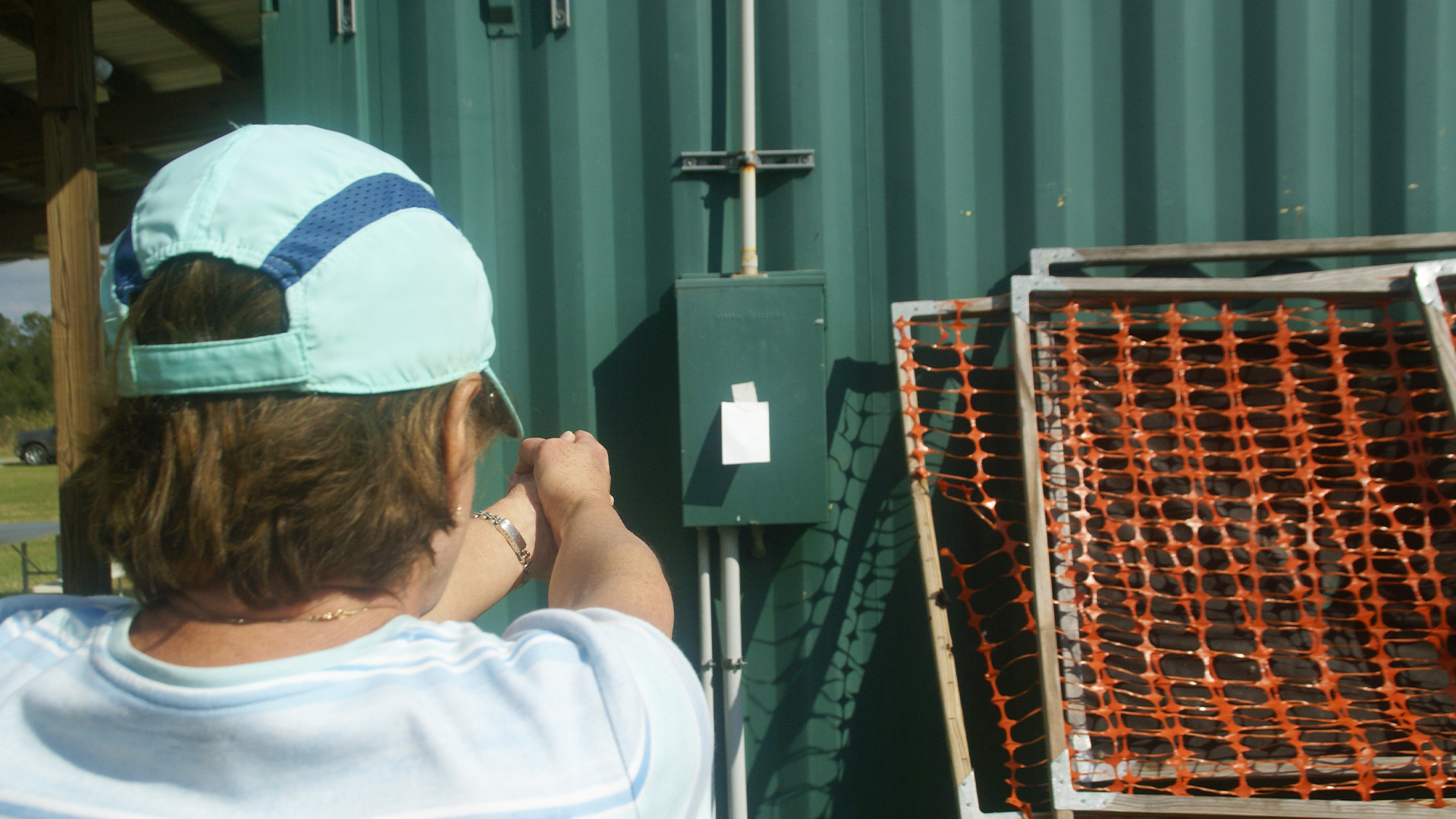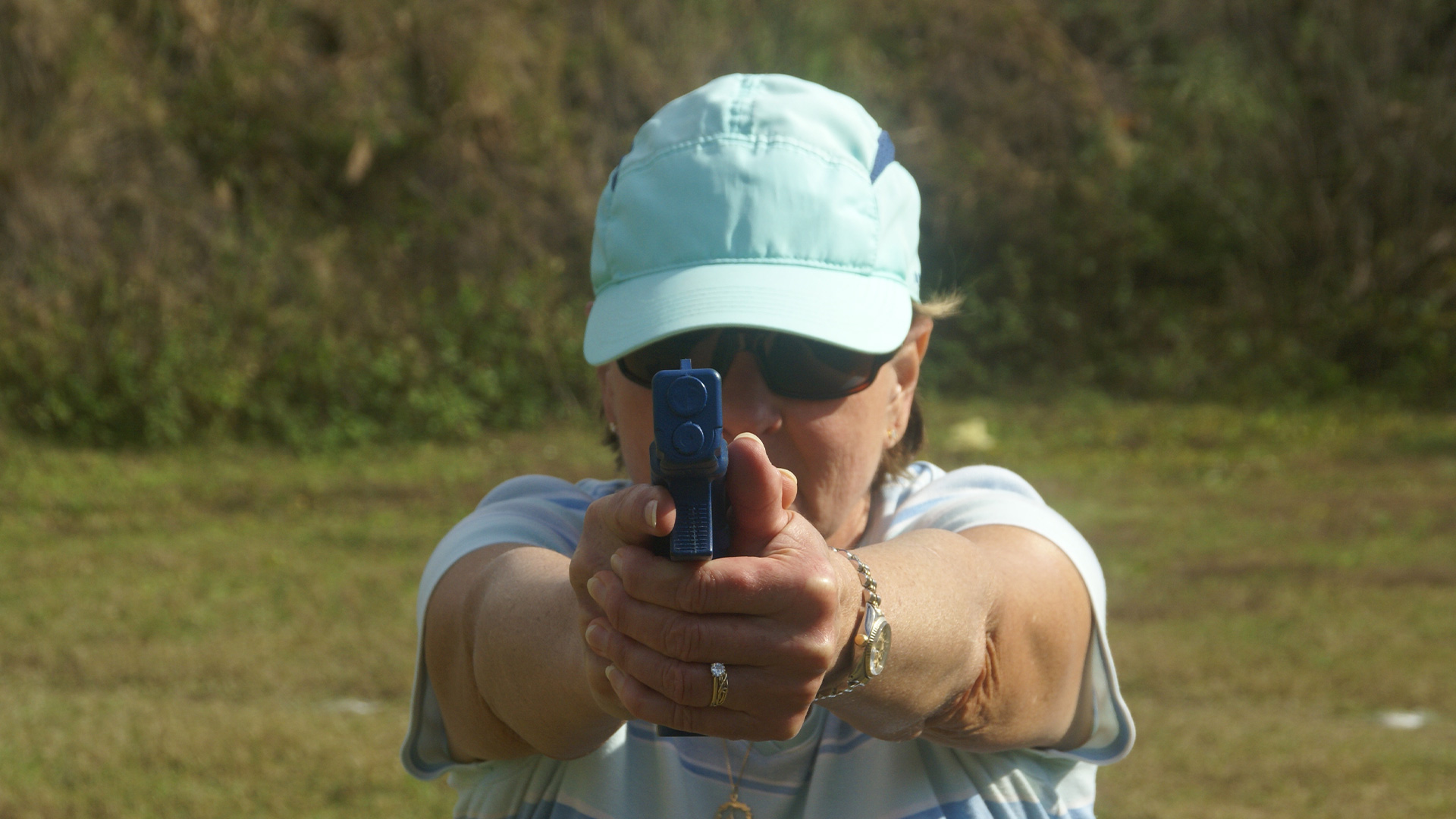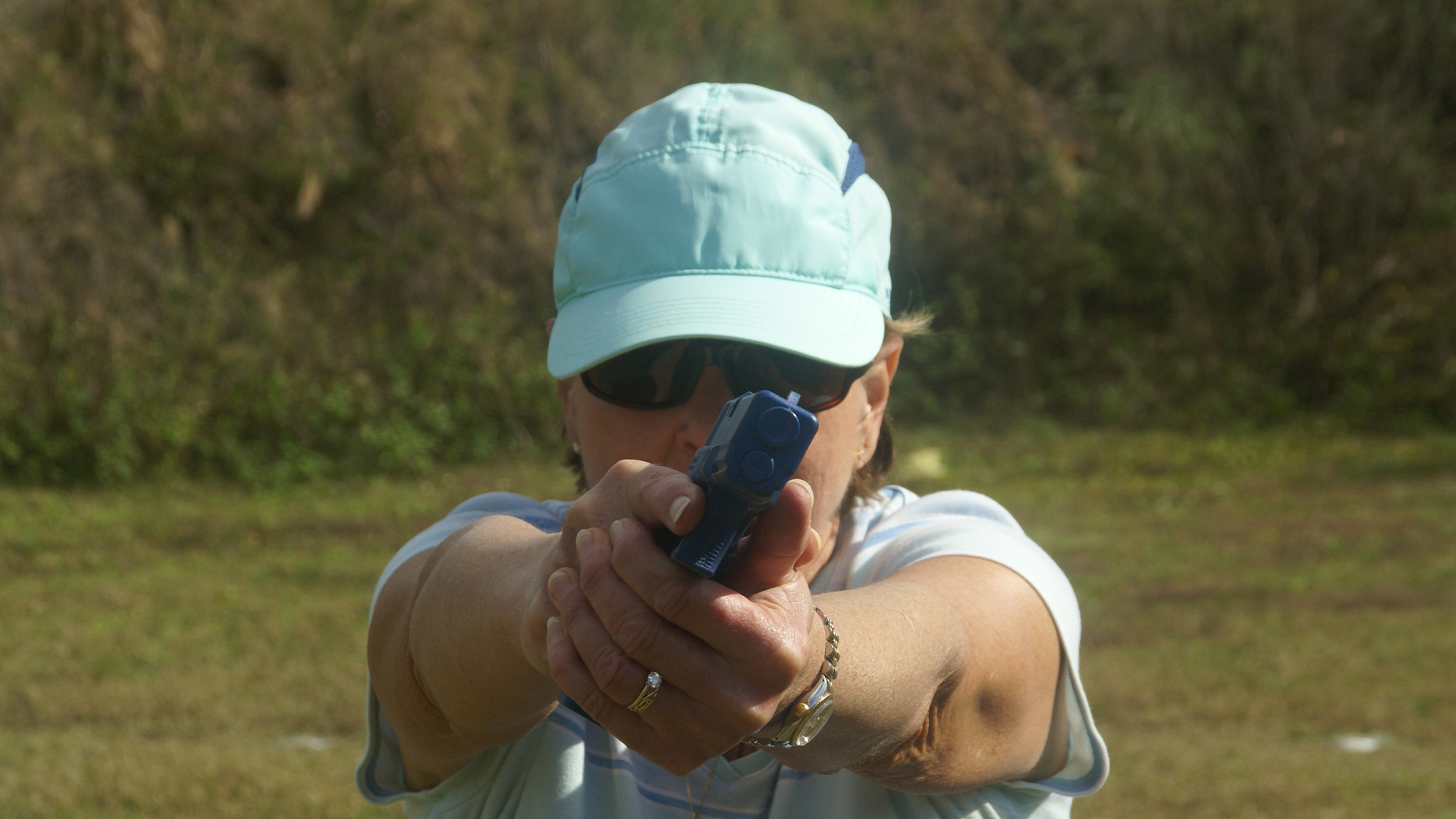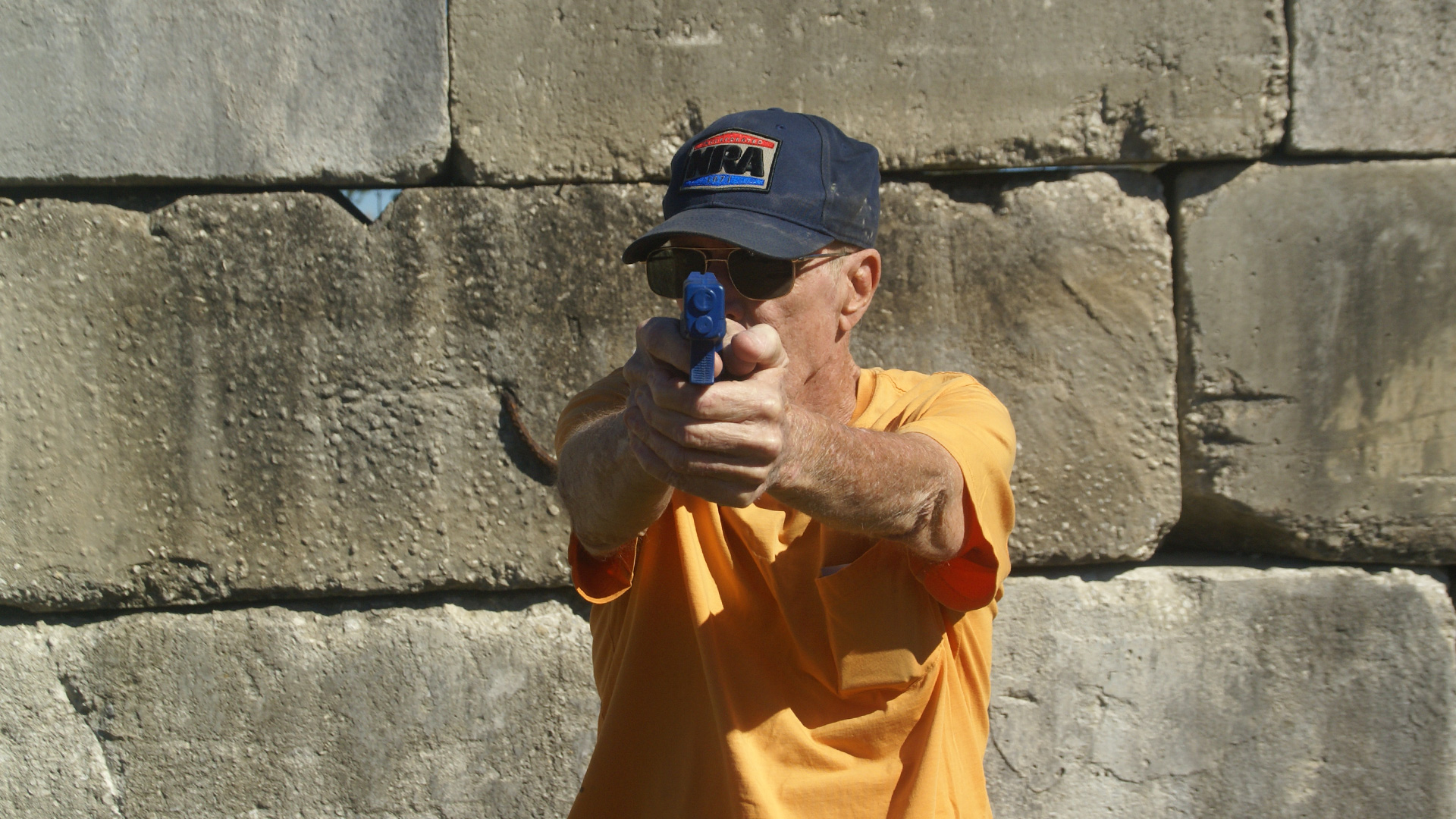Sighting In New Shooters
There are a number of physical attributes needed by those entering the shooting sports, but critical among them is visual acuity. You can’t hit what you can’t see. Those who have reached adulthood are likely aware of any visual impairments and will have corrective lens eyeglasses or contact lenses.
Even for older shooters, the proper corrective lenses can aid their aging eyes, while cataract surgery can correct more difficult vision issues. Younger shooters are a different matter.

- Buy All-American!
- Bring health and vitality back to your body with these non-transdermal patches
- Get your Vitamin B17 & Get 10% Off With Promo Code TIM
- How To Protect Yourself From 5G, EMF & RF Radiation - Use promo code TIM to save $$$
- The Very Best All-American Made Supplements On The Maret
- Grab This Bucket Of Heirloom Seeds & Save with Promo Code TIM
- Here’s A Way You Can Stockpile Food For The Future
- Stockpile Your Ammo & Save $15 On Your First Order
- Preparing Also Means Detoxifying – Here’s One Simple Way To Detoxify
- The Very Best Chlorine Dioxide
- All-American, US Prime, High Choice Grass-Fed Beef with NO mRNA, hormones or antibiotics... ever!
As young people grow their bodies will change. But they may not recognize those changes because they can be gradual, and they have no real frame of reference. Young people take one day at a time and unless something drastic happens they don’t realize those subtle changes are taking place. I know this about young people because I used to be one. And I experienced a classic example of an “unnoticed” change.
I started playing Little League baseball in rural Northern California in elementary school. I wasn’t a slugger and never hit a home run. But I was a serious contact hitter in the Pete Rose and Willie Keeler vein—“Hit ‘em where they ain’t!” My batting average my first year was over .400. My second year, it was over .450. During my first three games of my third year, it dipped well below .200. I had the same coach for all three years and he couldn’t understand it. We talked, but I couldn’t explain it. He finally called my parents and asked them if they’d ever had my vision checked. They hadn’t, because being a kid, I never noticed anything. A trip to the optometrist showed my vision had—over the course of one year—deteriorated to 20/400. I received eyeglasses, and by the end of the subsequent season, my batting average was back above .400.
EYE AND HAND DOMINANCE
Visual acuity is critical for shooters. But equally important and often overlooked, even by adult shooters, is which eye is dominant.
Almost every human being has one hand that is dominant over the other. That’s why people refer to themselves as right- or left-handed. This is the hand that leads. The same is also true of your eyes. One will be dominant and leads the other eye in both motor and sensory response. It’s normally the eye with the stronger vision.
Unfortunately, the dominant eye is not always located on the same side as the dominant hand. This is referred to as cross dominance, as in a right-handed shooter with a left-dominant eye or a left-handed shooter with a right-dominant eye. Medical science estimates that cross dominance occurs in as many as 25 percent of the population, with right-hand and left-eye being by far the most common. Something else to note, women seem to be especially prone to cross dominance.

This is not normally an issue in routine daily activities, and may go unnoticed. But when fixating the eyes on a small object, the two eyes will not be aligned in the same direction and the dominant eye will take over. If that object happens to be gun sights on a target there is a problem. A shooter may have a solid grip, stance, sight picture and a smooth trigger press. But, the eye behind the sights isn’t the one doing the aiming, and the shot will normally go wide of the target. If a shooter does not realize they are cross dominant, their range time will be a frustrating and unproductive experience.
RIGHT OR LEFT?
There are a number of tests to determine which eye is dominant. The simplest is the one I used during my instructor years, and it can be done at home or on the range. Pick a small object about 15 feet away. It can be a light switch, door knob or a 3×5 card taped to a wall. With both eyes open, extend the dominant hand to the target in the normal shooting grip and point the trigger finger at it. Now, close the opposite side eye (left eye for right handed). If the finger stays on the target when the offside eye is closed, the person is same side hand and eye dominant. If it jumps suddenly to the side and off the target, cross dominance exists. I know this is a valid test because I showed it to my optometrist and she not only liked it, but said it was simpler than the one she used.
Cross dominance is a serious drawback for shooters. But once recognized, there are some methods to compensate for it.

Rifle, pistol-caliber carbine and shotgun shooters are limited, because the proper cheek weld has to place the dominant eye directly behind the sights. Learning to shoot from the dominant eye side is often recommended. Another option, albeit an expensive one, is a custom “cross over” stock. This moves the comb to the outside of the dominant side, allowing the head to slide the opposite (dominant eye) over the comb and place it directly behind the sights. I’ve never seen one on a rifle but have seen them in the past on clay target ranges.
Handgunners are blessed with several solutions, and there are two that have worked well for many shooters.
One is often referred to as the “McMillan Cant.” With the gun in the dominant hand grip (whether one- or two-handed), the gun is then canted about 45 degrees towards the opposite dominant eye to put that eye behind the sights.

Another is the one used by Jeff Cooper (an individual who is often referred to as the creator of the Modern Pistol Technique). Not many people may know this, but Cooper was right-handed and left-eye dominant. His solution was to take his right-hand dominant stance, and then turn his head about 40 degrees to the right in order to bring his dominant left eye behind the sights. This is clearly visible in photographs taken of him shooting on the range. It may sound a bit odd, but a lady I used to shoot with who is right-hand and left-eye dominant used the same technique to twice win the Florida State IDPA High Lady Championship title.
There is more to sighting in a new shooter than just getting grip, stance and sights dialed in. The eyes also have to be on target.
OCULAR DOMINANCE
Studies have shown that by an overwhelming number, people are right-eye dominant, with estimates as high as 70 percent of population favoring their right eyes. But, your genetics also play an important role in which eye is dominant for you—one analysis of a family study showed the frequency of left-eye dominance would increase continuously with the number of left-eyed parents.
Article by CHRIS CHRISTIAN, FIELD EDITOR
Don't forget to like us on Facebook and follow us on Twitter.














